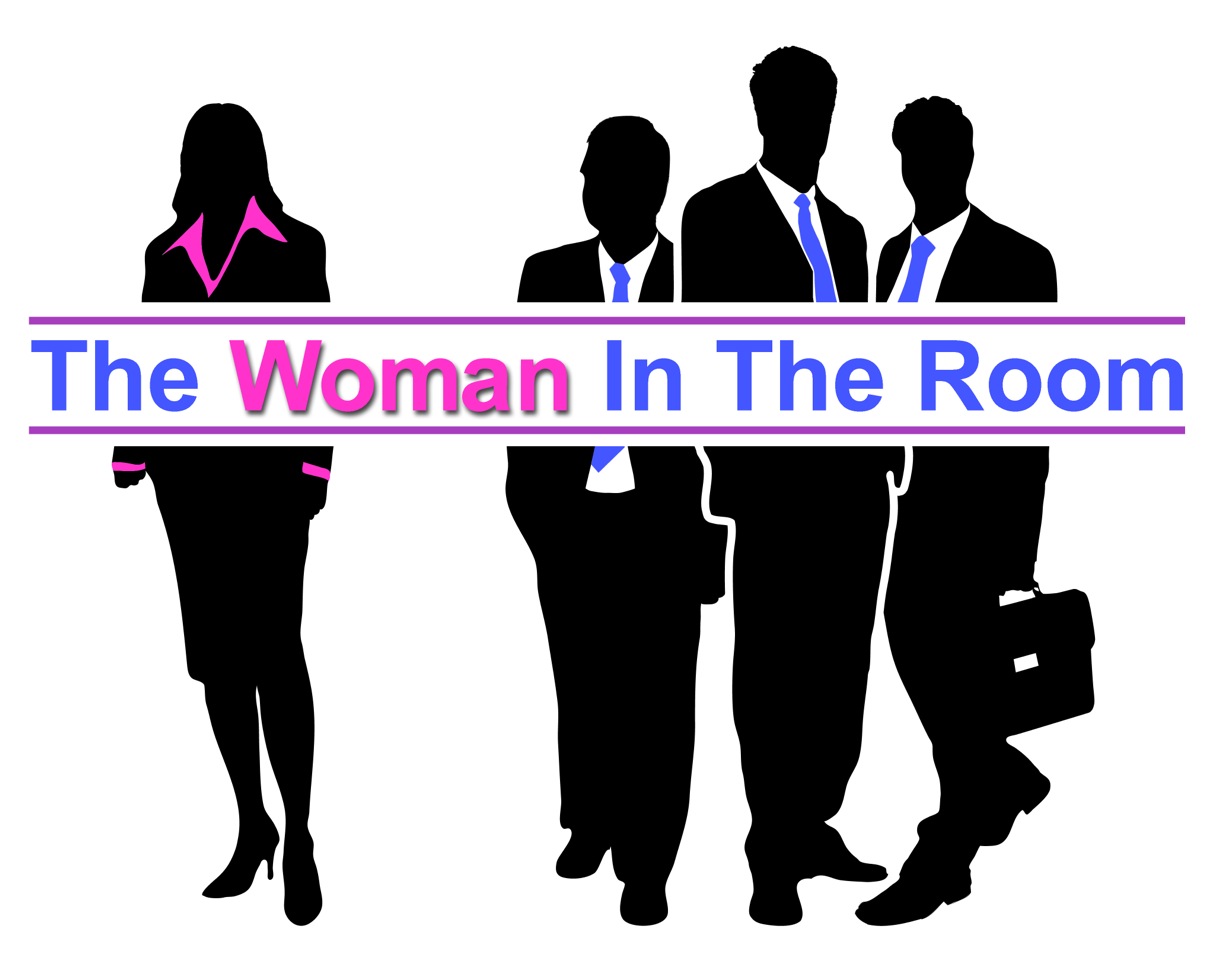
http://www.123rf.com/ 16673028 –
A couple of years ago I was introduced to a woman who coached professional women. When I told her I was in the construction industry we struck up a conversation about the male-dominated workplace. As she talked I kept thinking “That hasn’t really been my experience” but I continued to listen because I am interested in other perspectives.
Eventually she talked about how working mothers are judged differently from working fathers. That’s when it struck me that her words were directly out of the 1970’s and 80’s. I interrupted her and told her that – thanks to divorce – the male-dominated workplace has dramatically changed its attitude towards working parents. Now that men get joint custody and experience being a single working parent, they understand and empathize with the challenges of being a working mother or a single working mother.
As she began to talk again, I started wondering where she was getting her information from. She never worked in the male-dominated workplace, so in my mind I began challenging what she said.
As I tuned back into our conversation she was discussing how aggressive men are and how they use “tear-down-to-rise-up” in order to get ahead and get promoted.
Before I could stop myself I blurted out “No they don’t! That’s just something women believed back in the 70’s. We watched too much Mutual of Omaha’s Wild Kingdom growing up and believed that since survival of the fittest worked in the animal kingdom it also works in the male-dominated workplace. It’s women who promote the idea of tear-down-to-rise-up and it’s one of the biggest reasons we make.”
After our conversation I began thinking about how much misinformation about the male-dominated workplace is still out there – how, even though we are well into the 21st century, we still discuss it using outdated 20th century narratives.
The problem with the old narratives is that we wrote them while we were still dependent on men for financial security and social status. They were obtained in the larger world outside the home. We thought we understood this world and believed it was driven by power and strength. Everything we were taught in school, in history, in literature, on TV and even in fairy tales told us men always fought each other and the winner was rewarded with money, respect, power and status – everything women didn’t have.
We knew men didn’t go to work every day and physically fight each other – it was more of a mental battle. The men with the more dominant, forceful, aggressive and bold personalities were the ones who got ahead. We even believed that companies were successful because the men at the top had larger than life personalities and it was the sheer force of their personality that drove the company’s success.

http://www.123rf.com/ 29871151
By the 1960’s women wanted their own respect, status and financial security. So we entered the male-dominated workplace anxious “to compete with men” and fight for our power, wealth and place at the top. We were ready to be aggressive, forceful and climb the corporate ladder the only way we were taught – by battling the man above us, beating him and taking his place.
We assumed we had it figured out. But we didn’t know we were sold an image of the male-dominated workplace designed to portray men as heroic figures to women. The idea, that men tear-down-to-rise-up, fit our romanticized ideals and imagination but it wasn’t reality.
The reality of how men get ahead was far less gallant.
The male-dominated workplace hierarchy is really a carefully constructed network of alliances. Men use their connections to be invited to join an alliance. When the alliance does well, the men in the alliance also do well. Therefore, if a man wants to move up the corporate ladder, it is critical to be part of the right alliance.
 Women went into the workplace without understanding this and that using tear-down-to-rise up brings the wrath of the entire alliance down upon us.
Women went into the workplace without understanding this and that using tear-down-to-rise up brings the wrath of the entire alliance down upon us.
Alliances are built on trust. Alliance members look out for each other and take care of each other. When women used tear-down-to-rise-up men saw us as a usurper who stabbed an existing alliance member to gain entry to their alliance. This meant we couldn’t be trusted and therefore had to be removed. The alliance became aggressive and pushed the women out or down.
For women, this aggressive response reinforced our larger narrative. Men want to keep all the power for themselves. Men don’t want women in the workplace. Men are aggressive. Femininity is weak. Women need to ramp up their aggression in order to beat men in the workplace and rise to the top.
Because these narratives are self-fulling they have endured. Today they are main-stream and accepted as truths. They are told to women as career advice but actually only serve to hold women back. Let’s look at one example all women are familiar with – the conference room meeting.
We’ve all read or heard that when we attend a meeting in the conference room, we must sit at the table because that is where men sit. By sitting at the table, we can lean-in and jump into the raucous battle of ideas. Our goal is to defeat all the men so our idea is the winning idea! That’s how we show we are confident, bold and have that larger than life personality that will get us promoted. (Ironically we are told this by people who used connections and alliances to get ahead.)
But as any woman who has experienced in this scenario knows, having the winning idea is not the same as having the best solution. The winning idea is an incomplete solution that results in problems and unintended consequences. It may produce a conference room victory but it won’t deliver the expected results. And without results, you don’t get invited into the best alliances.
Let’s correct this narrative and bring it into the 21st century.
When we go into the conference room for a meeting, we aren’t after a win – we are after a solution, the best solution. To do this, we don’t sit at the table – we use the power seat. From here, we can take control of the room, stop the debate and begin collaboration. We know the best solution comes from listening to everyone and combining ideas. We want to be the person who makes this happen – we want to be the leader.
As the leader of the collaborative effort we then continue to take a leadership role through the implementation. Even if we aren’t the person officially in charge, we can still assert our leadership by continuously working the solution to keep it on track and on target.
When our efforts produce the expected or better than expected outcome, we are seen as achievers. And everyone wants to be associated with the best achievers. This is what creates new connections and invitations to join the best alliances. This is how we advance ourselves in the 21st century.
We are 17 years into the 21st century and it is way past time to drop the narratives that focus on power, competition, aggression, personality, a me-first attitude or natural male superiority. We have to understand how the male-dominated workplace really functions, what drives it and how women can excel in it.
Our 21st century success will be determined by our ability to work with and manage complex issues, problems and situations. This takes collaboration, teamwork, systems-thinking and leadership from within, all qualities women possess in spades. But it also requires one major step first – accepting that we are complimentary equals to men.
The 21st century a perfect era for women to advance – but – we have to leave the 20th century narratives behind and write new ones for the 21st century based in our inherent equality and value.
Empowered Women Think and Act In The 21st Century.
Express yourself and leave a comment
To subscribe to my articles Contact Me.

